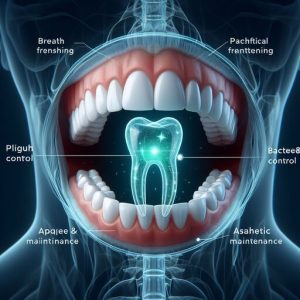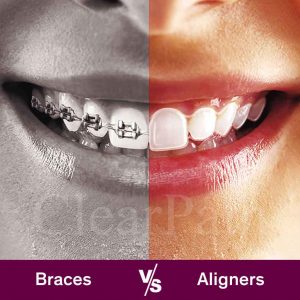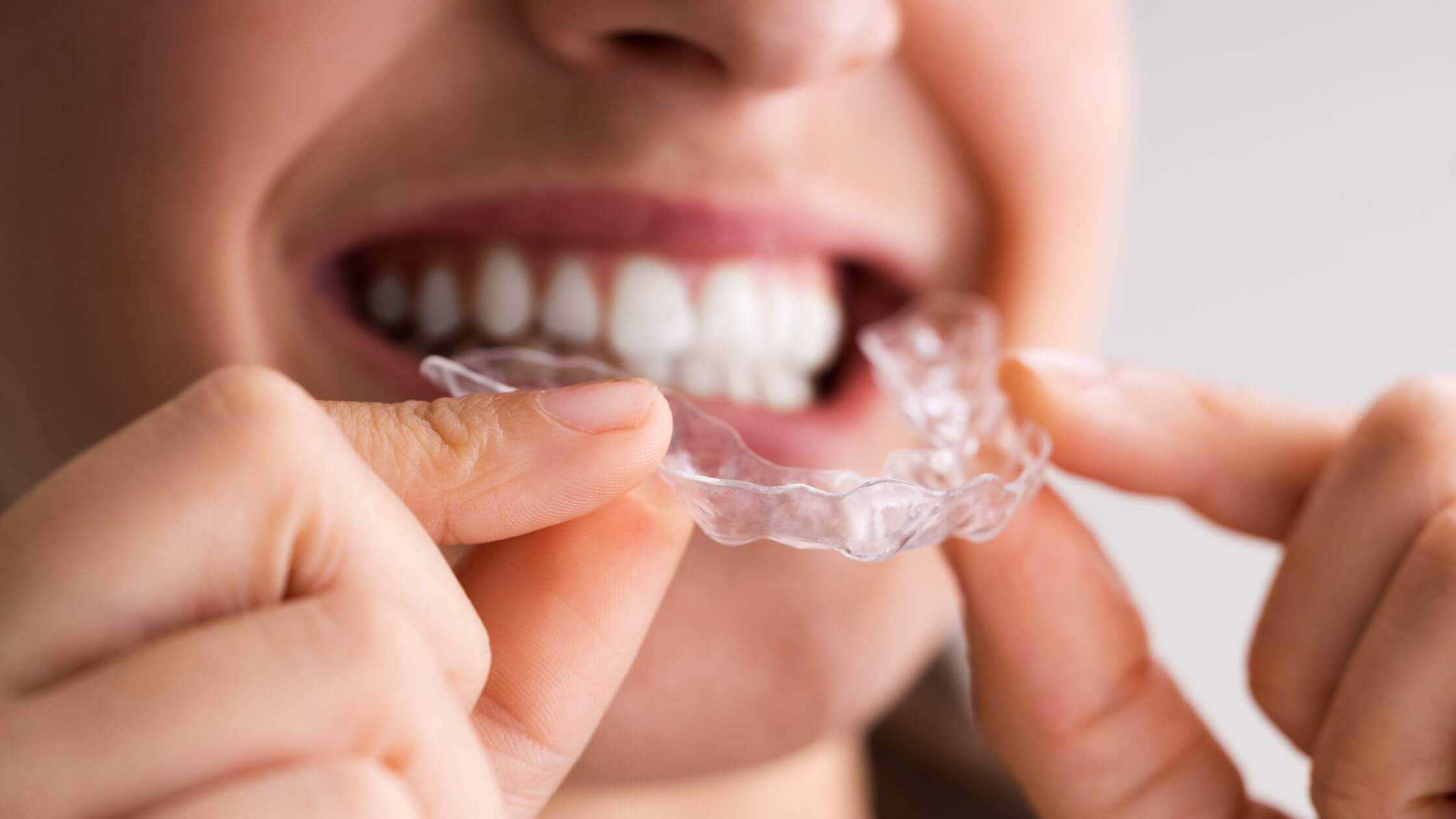Dental floss, a slender thread designed for interdental cleaning, serves a crucial role in maintaining optimal oral health.
Its primary function is to meticulously eliminate plaque, food particles, and bacteria residing in the interproximal spaces, mitigating the risks associated with tooth decay and gum disease.
Despite its undeniable importance, a considerable number of individuals fail to incorporate regular and proper flossing into their oral hygiene routines.
This guide aims to shed light on the significance of flossing, providing insights into selecting the appropriate floss, mastering the correct techniques, and addressing prevalent challenges associated with this integral aspect of dental care.
Recognizing the pivotal role of dental floss in preventing oral health issues, this guide is poised to enhance your understanding and proficiency in maintaining a pristine and healthy smile.
Dental floss, like mybookie casino no deposit bonus, plays an important role in maintaining oral health, removing imperfections and reducing the risk of caries. Flossing techniques are similar to the actions and strategies you can use in the game to help with oral health problems. Like many casino games, choosing the right floss and brushing technique can be key to achieving optimal oral health.
Table of Contents
ToggleWhy Is Flossing Important

Flossing is integral to oral hygiene due to its ability to target areas inaccessible to toothbrushes.
While brushing addresses approximately 60% of tooth surfaces, flossing completes the cleaning process by reaching the remaining 40%.
Beyond enhancing oral cleanliness, consistent flossing prevents the hardening of plaque into tartar, a stubborn substance only removable by dental professionals.
Tartar, if left untreated, poses risks such as cavities, gum inflammation, and gum disease, which can detrimentally impact overall health.
In addition to averting these oral health issues, flossing also contributes to preventing bad breath, improving dental aesthetics, and potentially saving on future dental treatments.
The flossing process involves utilizing a thin, soft thread to eliminate food particles, plaque, and bacteria from interdental spaces.
Engaging in a daily flossing routine provides multifaceted benefits, each contributing to both oral health and overall well-being:
- Prevention of Tooth Decay and Cavities: Regular flossing serves as a proactive measure against tooth decay, as it systematically removes plaque, mitigating the potential damage caused by acidic substances in the mouth to tooth enamel.
- Prevention of Gum Disease and Inflammation: Flossing is instrumental in averting gum disease by eliminating plaque along the gum line. This preventive action inhibits the transformation of plaque into tartar, thereby reducing the risk of gingivitis and the progression to more severe periodontitis.
- Enhancement of Appearance and Confidence: The aesthetic benefits of flossing are notable, as it effectively eliminates stains and discoloration between teeth. This contributes to an overall improvement in the appearance of the smile, positively impacting self-esteem.
- Risk Reduction for Health Problems: The research underscores the link between gum disease and various systemic health issues. Flossing plays a crucial role in reducing both bacteria and inflammation in the mouth, thereby potentially lowering the risk of cardiovascular disease, diabetes, respiratory infections, and pregnancy complications.
A 2017 cross-sectional study by AlJehani et al. found that plaque accumulation was significantly associated with poor oral health-related quality of life.
The Importance of Daily Flossing

Daily flossing is an integral element in maintaining optimal oral health and fostering overall well-being.
The significance of regular flossing is underscored by several key reasons:
| Why Flossing is Important | Description |
|---|---|
| Plaque and Bacterial Control | Regular flossing effectively removes plaque, a bacterial film that poses risks of tooth decay and gum inflammation. This preventive measure mitigates the likelihood of serious infections like gingivitis and periodontitis. |
| Breath Freshening | Flossing plays a pivotal role in eliminating food particles between teeth, thereby preventing the growth of odor-causing bacteria. This contributes to fresher breath and a more pleasant oral environment. |
| Aesthetic Maintenance | Maintaining a healthy and aesthetically pleasing smile is facilitated by flossing, preventing issues such as stains, discoloration, and conditions like swollen and bleeding gums. The removal of plaque enhances the brightness and cleanliness of teeth. |
| General Health Implications | Beyond oral benefits, flossing has broader implications for general health. By reducing inflammation and bacteria in the mouth, it may lower the risk of systemic diseases such as cardiovascular disease, diabetes, respiratory infections, and complications during pregnancy. |
Integrating flossing into daily routines is a proactive measure for oral health and overall well-being.
It complements other oral care practices and preventive measures, working towards the maintenance of a healthy and radiant smile.
A 2016 randomized controlled trial by Kaur et al. in the Journal of the Indian Society of Periodontology found that plaque removal by professional scaling and root planing improved the psychological well-being of patients with chronic periodontitis, a severe form of gum disease caused by plaque.
Choosing the Right Type of Floss
Selecting the appropriate floss type requires careful consideration due to the diverse range of options available in the market, encompassing waxed, unwaxed, flavored, unflavored, thin, and thick varieties.
This decision is highly individualized and necessitates a thorough understanding of specific dental requirements for informed and effective oral care.
Interdental Space Considerations
Individuals with tight interdental spaces benefit from opting for thin or waxed floss, facilitating smooth sliding between teeth. Conversely, those with wider gaps find thick or textured floss more suitable for enhanced plaque removal and overall dental hygiene.
Dental Appliances and Special Considerations
Special considerations arise for individuals with dental appliances such as braces, implants, or bridges. Selecting a floss with a stiff end or a loop proves advantageous, enabling efficient navigation through wires and attachments without compromising effectiveness.
Sensitivity and Sensory Preferences
Individuals with sensitivity concerns are recommended to use soft or gentle floss for a comfortable experience. Those seeking an additional sensory element may find flavored floss appealing, with various options catering to individual taste preferences.
The abundance of floss options, varying in thickness, texture, flavor, and material, underscores the nuanced selection process.
The ideal choice hinges on a combination of personal preferences and specific dental conditions, ensuring that the chosen floss aligns with individual comfort and promotes effective oral hygiene tailored to unique needs.
Proper Flossing Techniques
Flossing properly and effectively is crucial for significant improvements in oral health.
Following these steps ensures a meticulous flossing routine:
| Flossing Techniques | Description |
|---|---|
| Proper Floss Length and Finger Technique | Take about 18 inches of floss, winding most of it around your middle fingers, allowing for a fresh section for each tooth. |
| Slide Floss Gently Between Teeth | Hold the floss tightly between your thumbs and index fingers, gently sliding it between two teeth. Avoid forcing or snapping the floss into the gums to prevent bleeding or damage. |
| Curve Floss and Move Along Tooth Sides | Curve the floss around the base of each tooth, moving it up and down along the side. Ensure coverage below and above the gum line for both sides of each tooth. |
| Repeat for Each Tooth | Repeat this process for all teeth, including the back ones. Use a new section of floss for each tooth or as needed. |
| Rinse Mouth After Flossing | Rinse your mouth with water or mouthwash post-flossing to remove any debris or bacteria. |
By adhering to these proper flossing techniques, individuals can make a substantial difference in their oral health and overall well-being.
How to Deal with Common Flossing Problems
Encountering challenges or difficulties during the initiation or alteration of flossing habits is not uncommon.
Addressing these issues with a thoughtful and informed approach is essential for maintaining effective oral hygiene.
Below, we explore common flossing problems and provide professional guidance on overcoming them:
| Flossing Problems | Issue | Solution |
|---|---|---|
| Bleeding Gums | If your gums bleed during flossing, it may indicate inflammation due to plaque buildup or gum disease. | Floss gently and consistently. Abruptly stopping can exacerbate the issue. Seek a dentist for a thorough checkup and potential treatment if bleeding persists. |
| Painful Gums | Flossing-induced gum pain may result from excessive force or improper technique. | Adopt a gentle approach, following recommended flossing steps. Choose a soft or gentle floss to minimize irritation. If the pain persists or worsens, promptly consult your dentist for evaluation. |
| Floss Getting Stuck | Floss getting stuck between teeth can be concerning, but panicking or forcefully pulling is not the solution. | Gently wiggle the floss back and forth until it dislodges. Consider using a thinner or waxed floss for smoother navigation in tight spaces. |
| Floss Breaking | Frequent floss breakage may stem from inadequate floss use or excessive pressure. | Ensure sufficient floss for a fresh section with each tooth. Avoid forcing floss into the gums. Consider using a stronger or thicker floss to minimize breakage risks. |
Maintaining consistency in your flossing routine, coupled with the adoption of proper techniques, is crucial for overcoming these challenges.
In cases of persistent issues, seeking professional advice from your dentist ensures personalized guidance and timely intervention.
Remember, effective flossing contributes significantly to your oral health, and addressing challenges promptly enhances the overall success of your oral care routine.
Types of Floss

Understanding the diverse array of floss options is essential for tailoring your oral care routine to specific needs.
Here’s a detailed overview of common types of floss and their distinctive features:
| Floss Types | Pros | Cons |
|---|---|---|
| Waxed Floss | This stands out as the most widely embraced type due to its user-friendly nature. Coated with a thin layer of wax, it effortlessly glides between teeth, preventing shredding or breakage. | This type is particularly suitable for individuals with tight interdental spaces. |
| Unwaxed Floss | Unwaxed floss, devoid of a wax coating, offers enhanced flexibility and a thinner profile. Its ability to reach deeper into interdental gaps ensures effective cleaning. | It may be more prone to fraying or snapping and can produce a squeaking sound during use. Ideal for those with larger spaces between teeth or sensitivity. |
| Dental Tape | Dental tape distinguishes itself with a wider and flatter profile resembling a ribbon or tape. Gentle on gums, it covers more surface area without cutting into tissues. | Usually for individuals with wide interdental spaces or those with dental appliances such as crowns, bridges, or implants. |
| Flavored Floss | Infused with flavors like mint, cinnamon, or bubblegum, flavored floss adds an enjoyable dimension to flossing. Beyond the sensory experience, it can mask undesirable tastes or odors in the mouth. Additionally, it stimulates saliva production, aiding in the removal of bacteria and debris. | Usually for individuals averse to plain floss or experiencing dry mouth. |
| Floss Picks | Floss picks are convenient, disposable plastic tools equipped with a short length of floss attached to a handle. The ease of use makes them particularly suitable for individuals who find handling traditional floss challenging. | Ideal for travel due to their compact size, floss picks eliminate the need to wrap floss around fingers. A practical solution for those with limited dexterity. |
Understanding the unique characteristics of each floss type allows individuals to make informed choices aligning with their specific dental needs and preferences.
Whether prioritizing ease of use, comfort, or sensory appeal, selecting the right floss enhances the effectiveness and enjoyment of regular oral care routines.
Exploring the Comprehensive Benefits of Flossing for Overall Health

Flossing transcends its role as a fundamental aspect of oral care, extending its positive influence on various facets of overall health.
Understanding the broader implications of regular flossing unveils its potential to contribute to both physical and mental well-being.
Here’s an in-depth exploration of the multifaceted benefits:
| Benefits of Flossing | Impact | Outcome |
|---|---|---|
| Cardiovascular Health | Flossing plays a role in reducing inflammation and curbing bacterial activity in the oral cavity. | Individuals who incorporate flossing into their routine exhibit a lower risk of cardiovascular diseases such as heart disease, stroke, and hypertension. |
| Blood Sugar Control | Flossing emerges as a proactive measure in managing diabetes by preventing or addressing gum disease. | Consistent flossing among individuals with diabetes correlates with improved glycemic control and lower hemoglobin A1c levels. |
| Respiratory Health | Flossing acts as a preventive measure against respiratory infections by hindering the transmission of oral bacteria to the lungs. | Reduced incidence and severity of respiratory conditions, including pneumonia, bronchitis, and COPD, are associated with regular flossing practices. |
| Pregnancy Outcomes | Flossing contributes to improved pregnancy health by addressing and preventing gum disease. | Enhanced oral health during pregnancy reduces the risks of preterm birth, low birth weight, and preeclampsia. Additionally, minimizing the transmission of oral bacteria to the baby promotes optimal oral and overall health. |
A 2015 cohort study by Ide et al. in the Journal of Alzheimer’s Disease found that plaque accumulation was associated with an increased risk of cognitive decline and dementia among elderly people.
This guide serves as a comprehensive resource, emphasizing the significance of flossing not only for oral health but also for its far-reaching impact on overall well-being.
By incorporating information on selecting the right floss, and proper flossing techniques, and addressing common flossing challenges, we strive to empower individuals to cultivate a healthy and beautiful smile.
Should you have any inquiries or concerns regarding your oral health or flossing practices, please feel free to contact us.
Our dedicated team is committed to assisting you on your journey toward achieving and maintaining optimal oral and overall health.
For prompt assistance, kindly fill out the contact form below, and we will respond to your inquiry as expeditiously as possible.
FAQs
Q. Why is dental floss important for oral health?
Ans: Dental floss plays a crucial role in maintaining oral hygiene by removing plaque and debris between teeth and along the gumline, where toothbrushes often can’t reach.
Q. How often should I floss my teeth?
Ans: It is recommended to floss at least once a day, preferably before bedtime, to ensure effective plaque removal and prevent gum diseases.
Q. What types of dental floss are available?
Ans: Dental floss comes in various types, including waxed, unwaxed, flavored, and dental tape. Each type has its advantages, and the choice depends on personal preference and individual dental needs.
Q. How do I properly floss my teeth?
Ans: Start by taking about 18 inches of dental floss and wind most of it around one finger. Hold a small section tightly between your thumb and forefinger and gently slide it between your teeth, curving it against one tooth and moving it up and down. Repeat for all teeth.
Q. Can I use dental floss if my teeth are close together or have tight spaces?
Ans: Yes, there are specialized dental floss options like dental tape or floss designed for tight spaces that can help effectively clean between teeth, even if they are close together.
Q. Is it normal for my gums to bleed when I floss?
Ans: Occasional bleeding can be normal if you’re just starting or haven’t flossed in a while. However, if bleeding persists, it might indicate gum inflammation or other dental issues. Consult with your dentist if you experience prolonged bleeding.
Q. Can children use dental floss?
Ans: Yes, children should start flossing as soon as they have two teeth that touch. Parents should help young children floss until they develop the dexterity to do it themselves, usually around the age of 10.
Q. Are there alternatives to traditional dental floss?
Ans: Yes, alternatives like dental picks, pre-threaded flossers, and interdental brushes can be effective for cleaning between teeth. However, it’s important to use them correctly and consult with your dentist for personalized recommendations.
Q. Can I reuse dental floss?
Ans: Dental floss is designed for one-time use. Reusing it may introduce bacteria into your mouth, defeating the purpose of cleaning between your teeth. Always use a fresh section of floss for each session.
Q. How does flossing contribute to preventing bad breath?
Ans: Flossing helps remove food particles and plaque that can contribute to bad breath. By maintaining good oral hygiene, including regular flossing, you can reduce the likelihood of unpleasant breath odors.











